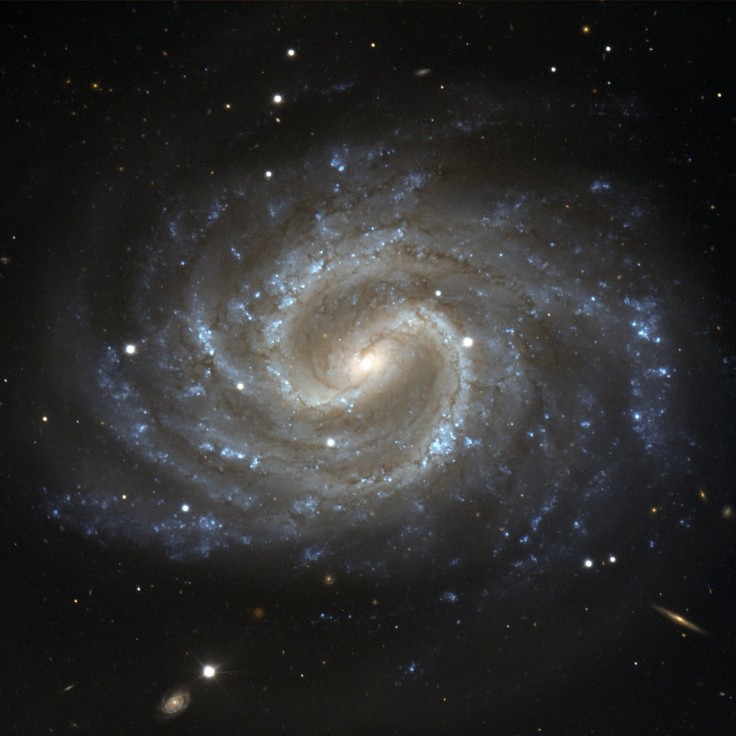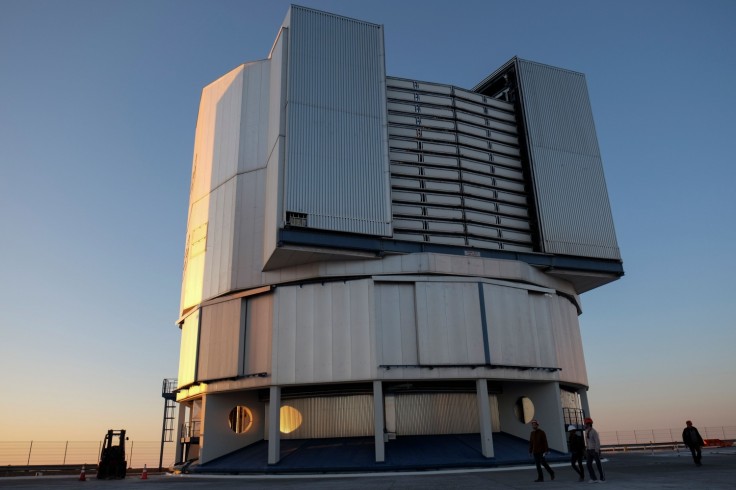Space - the final frontier. It is where humanity is destined to go in search of resources to bring back to Earth or another planet to call home. After all, there are many galaxies just like ours out there amongst the stars.
According to a Space.com report, there are at least 100 to 200 billion galaxies in the known Universe, with all of them having their unique shape and size.
One of these galaxies is NGC 4535.
Details on 'The Lost Galaxy'

NGC 4535, also known as LEDA 41812 and UGC 7727 according to a Sci-News' article, is located in the Virgo constellation, around 50 million light-years from Earth. It is one of the largest galaxies in the Virgo Cluster - a massive gathering of as many as 2,000 galaxies and is located close to Messier 87, a giant elliptical galaxy.
Meanwhile, a spiral galaxy is a twisted collection of stars and gas that are made up of hot young stars, Per a separate Space.com article. According to the European Space Agency, they were named as such due to their appearance as a rotating disc with spiral "arms" that curve out from a dense central region, just like our own galactic neighorhood, the Milky Way Galaxy.
Although modern telescopes can take high-quality photos of celestial bodies such as the Very Large Telescopes in Antofagasta, Chile and the Hubble Space Telescope, this wasn't the case for Leland S. Copeland and his telescope in the 1950s.
Copeland, who was an amateur astronomer at the time, viewed NGC 4535 with a small telescope and observed that the galaxy has a hazy, somewhat ghostly appearance - an eerie spiral shrouded in dust per Live Science's and the European Southern Observatory's reports. Copeland, who was also a professional poet who loves to write about the cosmos, dubbed the celestial body "The Lost Galaxy" in lieu of its appearance.
However, Copeland isn't the one who discovered NGC 4535.
That achievement is credited to German-British astronomer William Herschel, who discovered the galaxy on December 29, 1785, according to Sci-News' article.
A Very Large Telescope

The picture of The Lost Galaxy featured above was taken using one of the Very Large Telescopes (VLTs) located in the aptly named Very Large Telescope Observatory in Antofagasta, Chile. The Observatory consists of four main VLTs, with mirrors 27 feet in diameter and four auxiliary telescopes with 5.9 ft.-diameter mirrors. Brittanica's entry on the observatory states that the VTLs can be operated individually. However, the telescopes can also be used together to act as a giant "interferometer" to function like a telescope with a 600 ft.-diameter mirror.
The telescopes' ability to form an "interferometer" gives astronomers a finer detail of the cosmos, something which would have been impossible if the telescopes were used individually. This feat earns them the title of "one of the world's most advanced optical telescopes", according to the European Southern Observatory.
Moreover, it is the most productive individual grand-based facility for observational astronomy, aiding in the publication of more than one peer-reviewed scientific paper per day. It was also used to take the first image of an extrasolar planet, tracking individual stars moving around the supermassive black hole in the center of the Milky Way Galaxy, and observing the afterglow of the furthest known gamma-ray burst.
Additionally, the four main telescopes in the Observatory were named after the Sun, Moon, the Southern Cross and Venus in the language of the Mapuche people, the most numerous group of Indians in South America, According to Britannica's entries on the topics. As such, the four main telescopes are known as Antu, Kueyen, Melipal and Yepun, respectively.
Related Article: #SpaceSnap: The Hubble Space Telescope's Photo of the Veil Nebula









